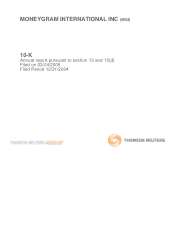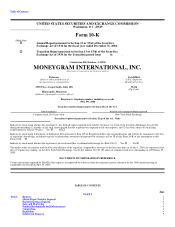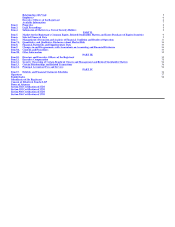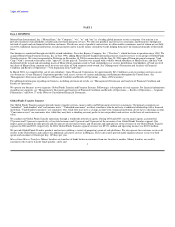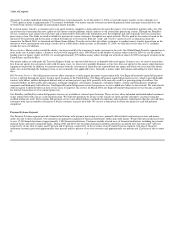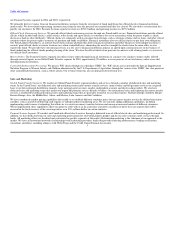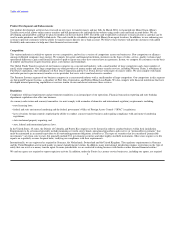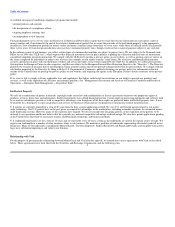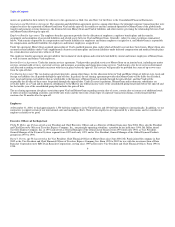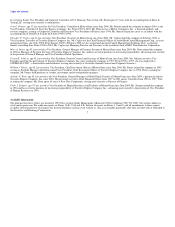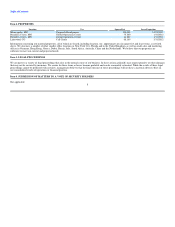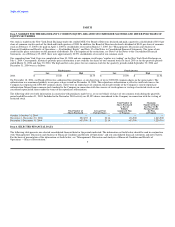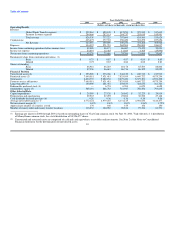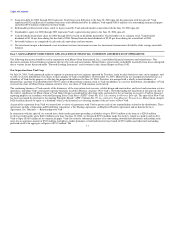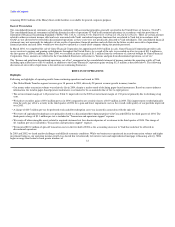MoneyGram 2004 Annual Report Download - page 5
Download and view the complete annual report
Please find page 5 of the 2004 MoneyGram annual report below. You can navigate through the pages in the report by either clicking on the pages listed below, or by using the keyword search tool below to find specific information within the annual report.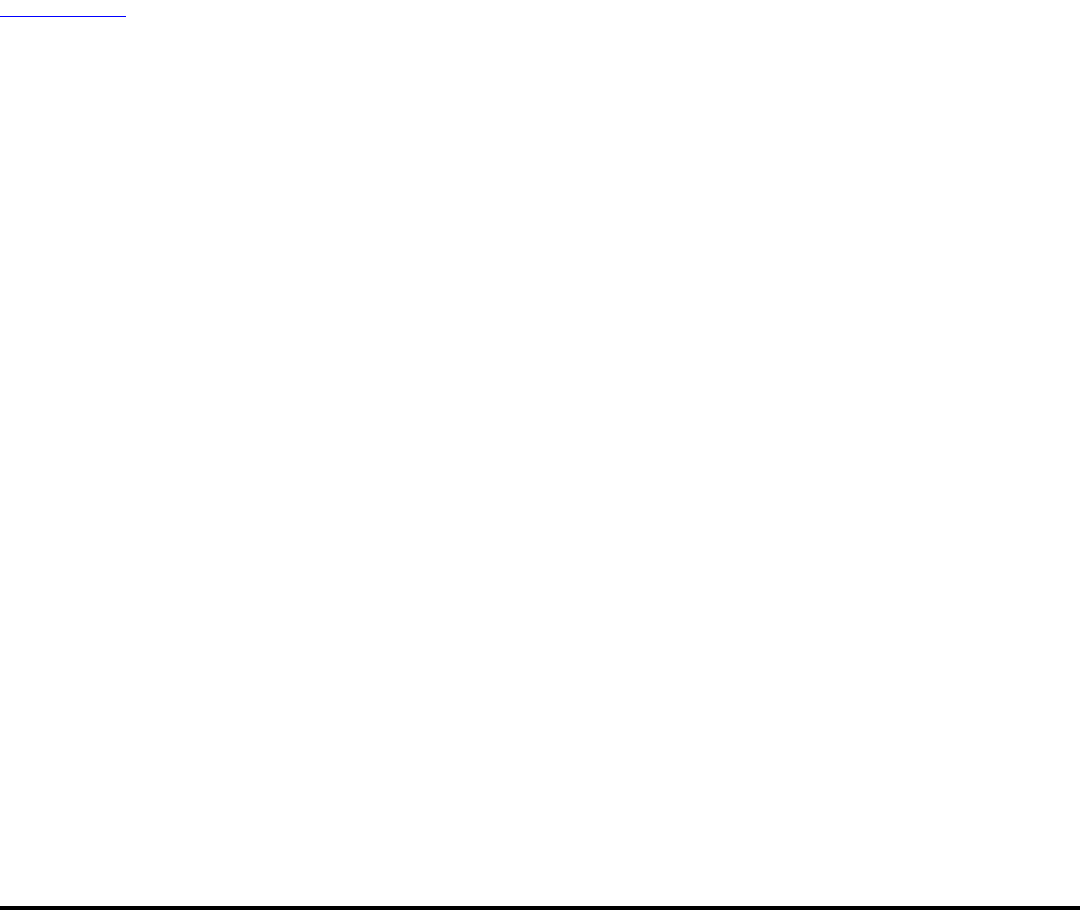
Table of Contents
efficiently to another individual within the United States or internationally. As of December 31, 2004, we provide money transfer services through over
77,000 agent locations in approximately 170 countries worldwide. Our money transfer revenues are derived primarily from consumer transaction fees and
revenues from currency exchange on international money transfers.
In a typical money transfer, a consumer goes to an agent location, completes a form and pays the agent the money to be transferred, together with a fee. The
agent enters the transaction data into a point-of-sale money transfer platform, which connects to our central data processing system. Through our FormFree
service, customers may contact our call center and a representative will collect the information over the telephone and enter it directly into our central data
processing system. The funds are made available for payment in various currencies throughout our agent network. The fee paid by the sender is based on the
amount to be transferred and the location at which the funds are to be received. Both the "send" and "receive" agents receive a commission from the
transaction. In March 2004, we launched our MoneyGram eMoney Transfer service that also allows customers to conduct money transfer transactions on the
internet at www.emoneygram.com using a credit card or a debit from a bank account. At December 31, 2004, we offer this service only to U.S. residents
outside the state of California.
Money Orders: Money orders, much like checks, can be presented by the consumer to make a payment or for cash. Our Global Funds Transfer segment has its
roots in the sale of money orders, a business we have been engaged in since 1940. Based on the number of money orders issued in 2004, we are the nation's
leading issuer of money orders. In 2004, we issued approximately 278 million money orders through our network of almost 54,000 retail agent locations in the
United States and Puerto Rico.
Our money orders are sold under the Travelers Express brand, on a private label basis or co-branded with retail agents. In most cases, we receive transaction
fees from our agents for each money order sold. In many cases, we also receive monthly dispenser service fees from our agents for the money order dispenser
equipment we provide. In addition, we generate income from the investment of funds that are remitted from our agents and which we invest until the money
orders are cleared through the banking system, or are escheated to the applicable states. Generally a money order will remain outstanding for fewer than ten
days.
Bill Payment Services: Our bill payment services allow consumers to make urgent payments or pay routine bills. Our ExpressPayment® urgent bill payment
service is offered through our money transfer agent locations in the United States. Our ExpressPayment urgent bill payment service, which is provided under
contract with billers, enables delinquent debtors and just-in-time payers to pay bills generally with same-day credit to a growing group of creditors. Our
contracted billers include credit card companies, mortgage companies, auto finance companies, sub-prime lenders, cellular and long distance telephone
companies and third-party bill collectors. Our ExpressPayment bill payment service has grown as we have added new billers to our network. We work closely
with our agents to identify billers in their service areas to target for this service. In March 2004, our ExpressPayment bill payment service became available
for internet transactions at www.emoneygram.com.
Our FlashPay and BuyPay routine bill payment services are available at selected agent locations. These services allow unbanked and underbanked consumers
to pay routine bills with cash at a convenient location. We remit the payments by means of wire transfer or check and the consumer's account is typically
credited within one week. These routine bill payment services also afford utilities a method of complying with regulatory requirements that they provide their
customers with a given number of locations at which customers may pay their bills. We receive a transaction fee from our agents for each bill payment
completed.
Payment Systems Segment
Our Payment Systems segment provides financial institutions with payment processing services, primarily official check outsourcing services and money
orders for sale to their customers. Our customers are primarily comprised of financial institutions, thrifts and credit unions. We provide official check services
to over 17,000 branch locations of approximately 1,800 financial institutions. Customers include a broad array of financial institutions, including large banks,
regional banks and small community banks. During 2004 and 2003, our ten largest financial institution customers accounted for 14 percent and 17 percent,
respectively, of our total revenues and 39 percent and 43 percent, respectively, of the revenues of our Payment Systems segment. Our largest financial
institution customer generated approximately four percent and five percent of our total revenues and approximately ten percent and 12 percent of the revenues
in 2

